MoreySmith's central London office champions a sense of belonging
As interior design specialist MoreySmith moves into a new office in central London, the firm explores ideas of belonging, health and safery, flexbility and community in the workspace
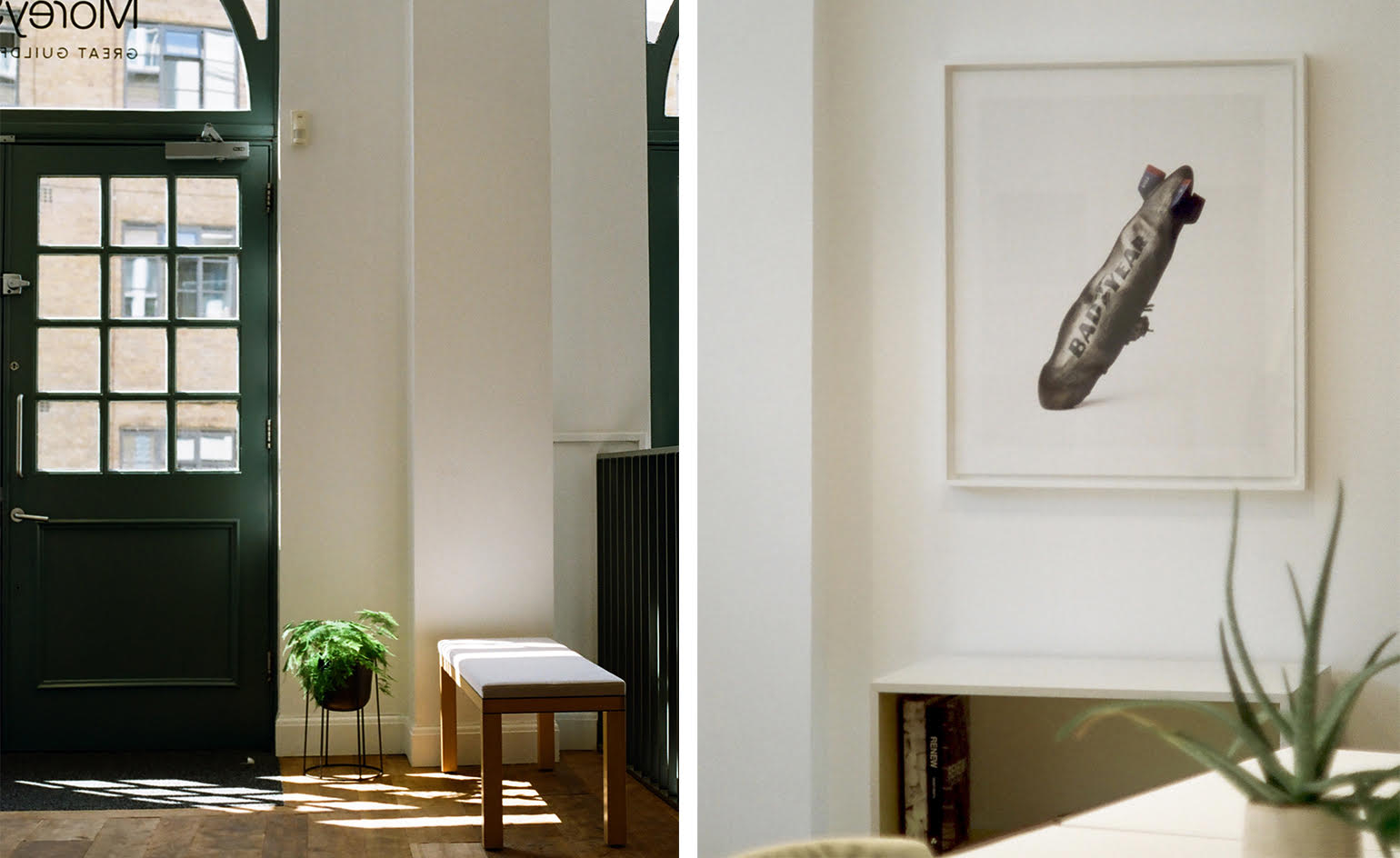
Fiona Smallshaw - Photography
The swift decline and practical obsolescence of the traditional office has been remarked on by many, not least the millions of us who are now adjusting to very different patterns of life and work. But what of those whose job it is to shape those very spaces? One architecture and interior studio that’s had to face this particular reckoning rather sooner than others is MoreySmith, a London-based firm with copious experience and awards to its name and clients that include Sony, LVMH, JP Morgan and Coke. This summer, the studio moved into new, self-designed offices in central London, set across three floors of a renovated Victorian warehouse, close at hand to the company’s other workspace, which is retained as a creative studio.
Linda Morey-Burrows is adamant that although density is down, some form of human connection is essential. ‘I do think that social space will be increasingly important,’ she says. The MoreySmith offices include plenty of flexible, collaborative spaces, a place to eat together and a Yoga space. While expansion was necessary due to the success of the business, so too was the need to improve social distancing. To that end, no staff sit directly facing each other, with 2m of clear space between each workstation.
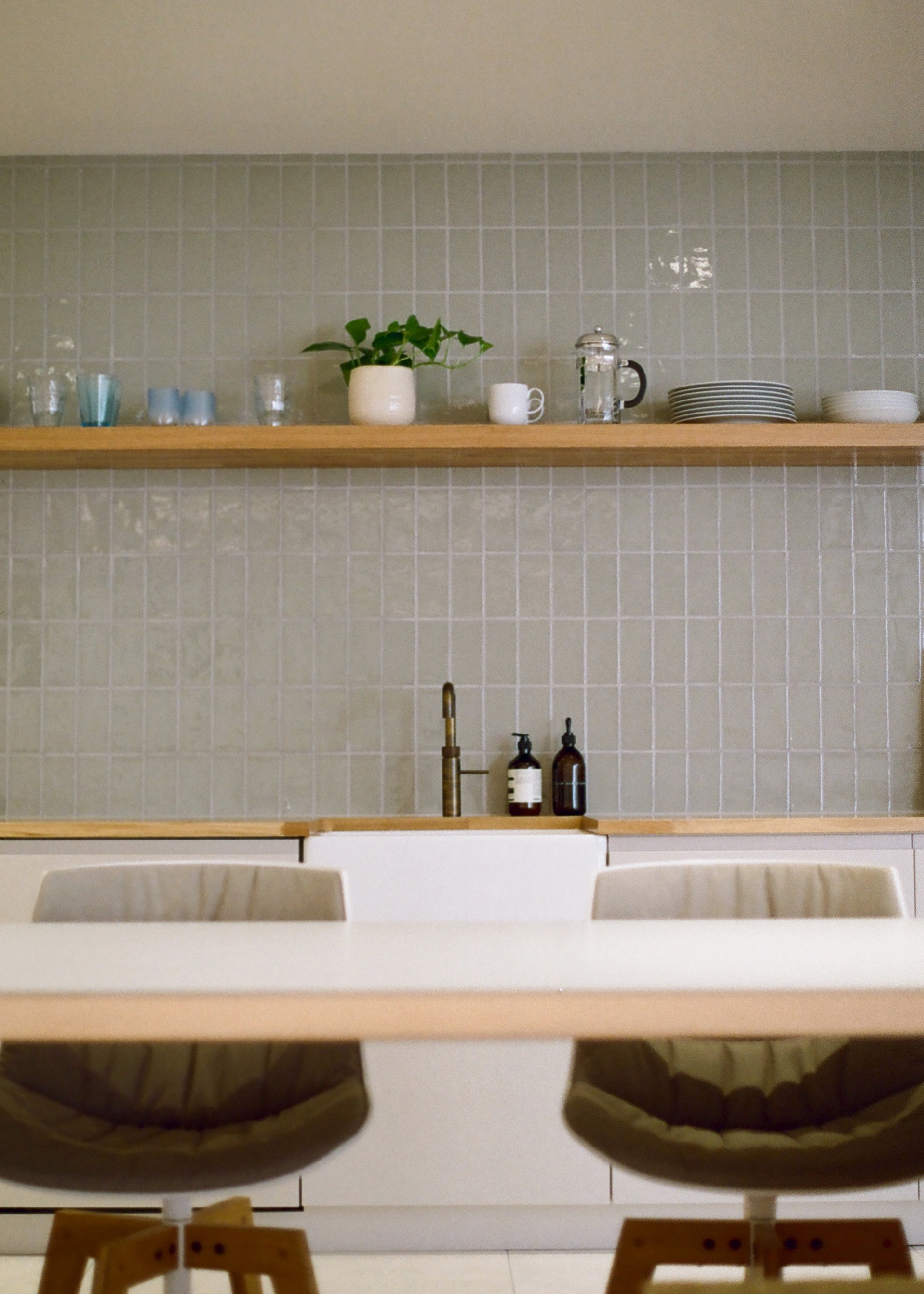
‘People will want their own persona space but they also want to be treated well,’ she says of the industry in general, adding that ‘the desk could even die [completely] with new technology.’ Instead, MoreySmith imagine offices becoming more like hybrid spaces, akin to a library or university study area, mirroring home office desks, rather than impersonal cubicles.
RELATED STORY
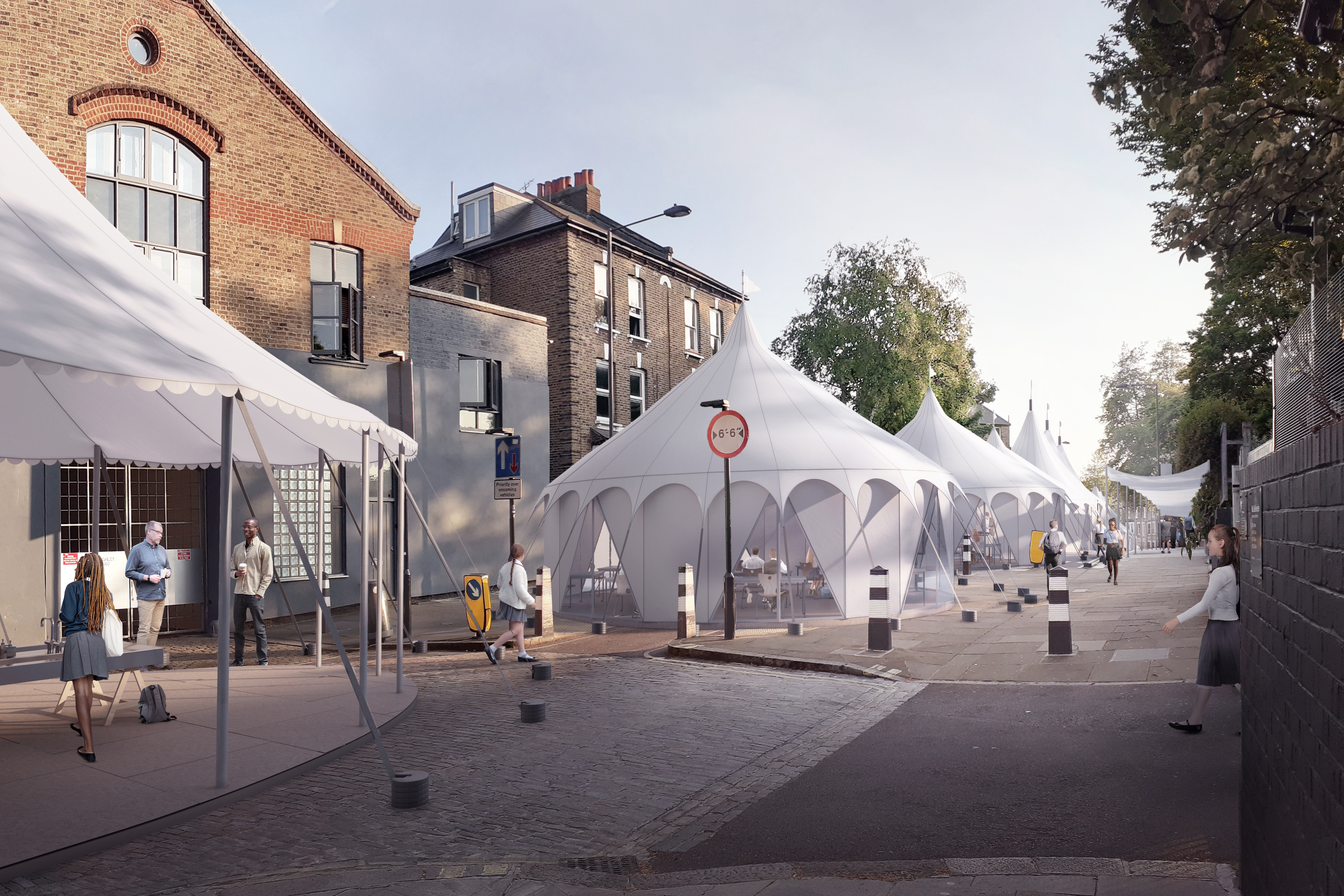
Their new workplace allows the studio to practice what it preaches, with plenty of greenery, sunlight, and a natural but pared back palette of materials (it is after all a place for experimenting with different finishes and fixtures). Artwork is also given price of place, with ‘5th March 1972’, a 7.5m long piece by Bob and Roberta Smith, serving as a focal point, with its textured surfaces of recycled wood.
Sustainability is just as important as the quality of the space itself and Morey-Burrows and her team have taken care to re-use and re-purpose existing furniture and fittings wherever possible, including ex-display lighting systems and a reclaimed timber floor.
With their own space encouraging a more ascetic and focused attitude towards coming into the office, MoreySmith is also decoding a new future for their clients. ‘I’ve been looking at what materials are better for reducing virus transmission, like wood, untreated leather, copper,’ she says, adding that more research is needed into anti-viral design.
‘I think that bigger brands and companies will have to work even harder to make their workspaces more attractive,’ she says, ‘it’s a bit like the struggle facing retail [before COVID]; those that did well created a more experiential shopping experience. The office is the same. Belonging and community are needed to draw people in.’ As for themselves, MoreySmith are proud to have created an office that ‘everyone was excited to come back to.’
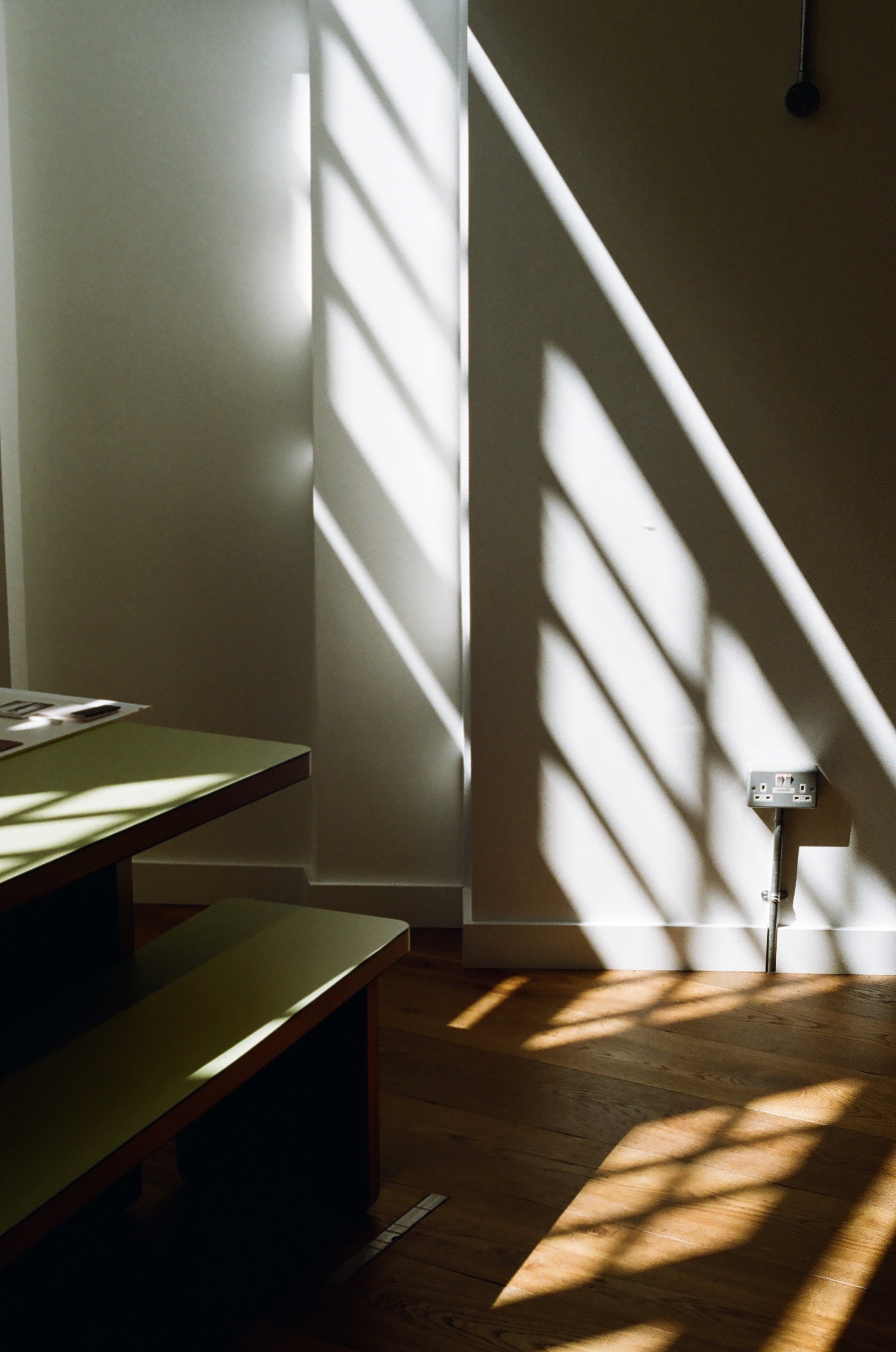
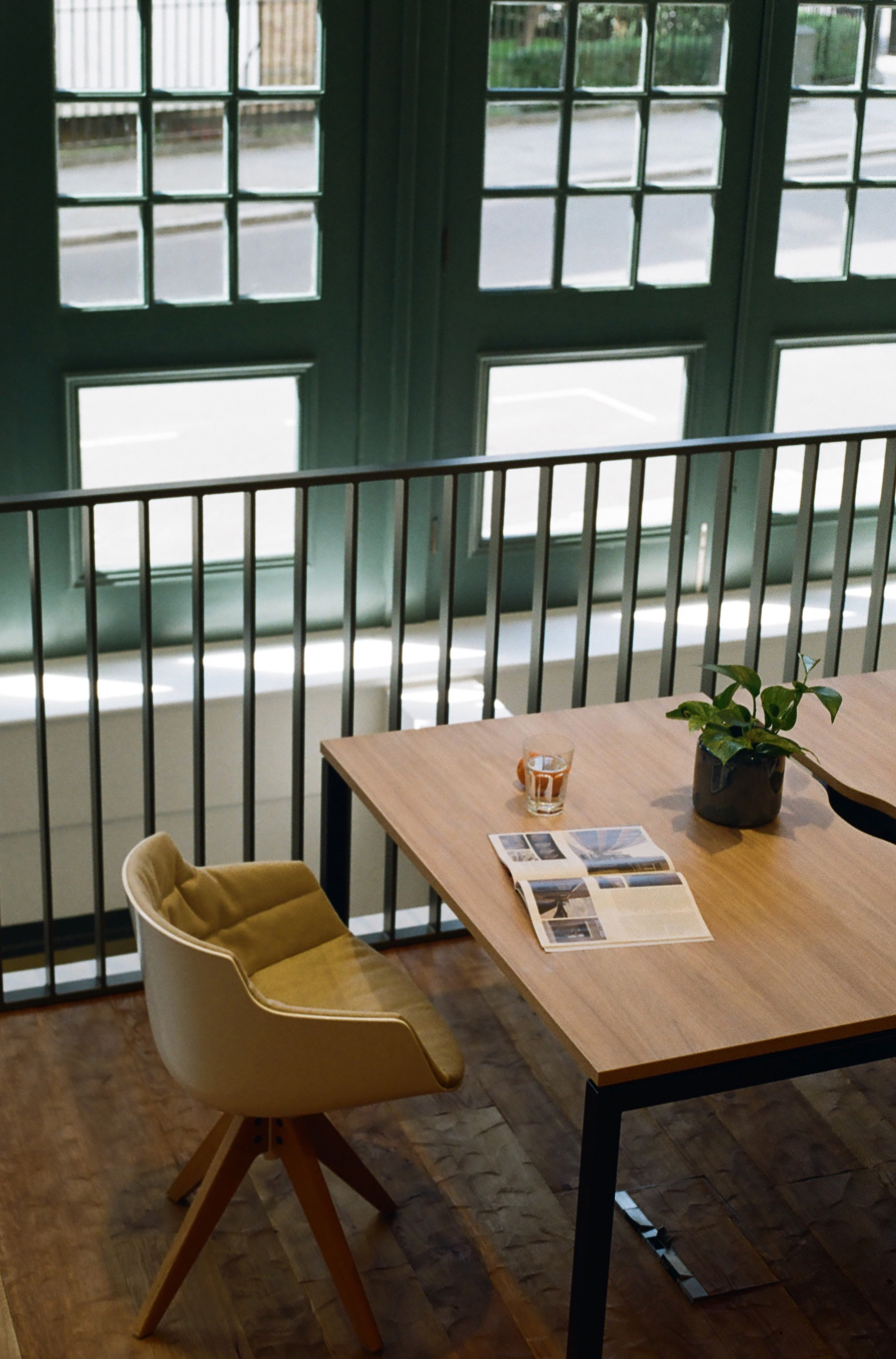
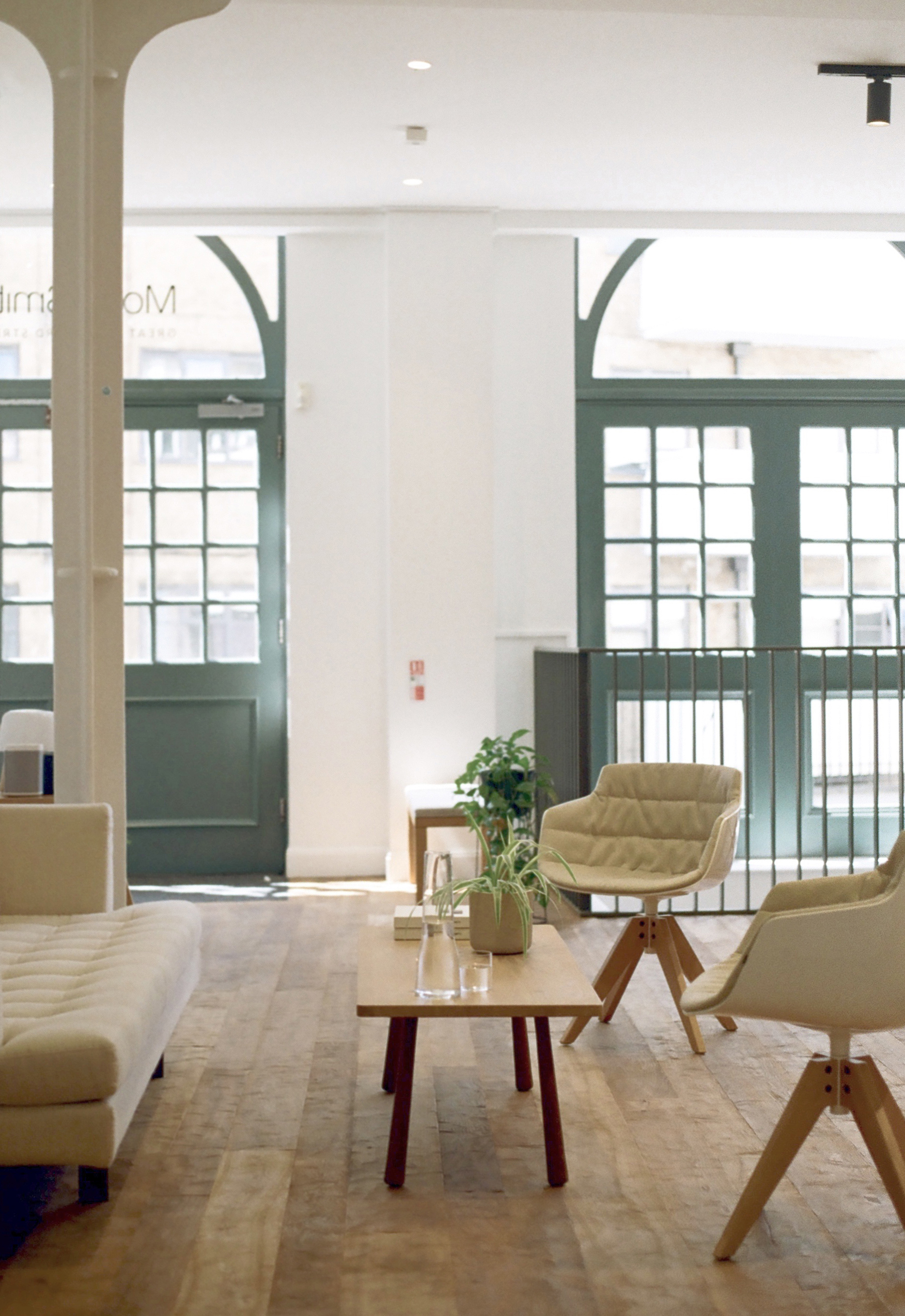
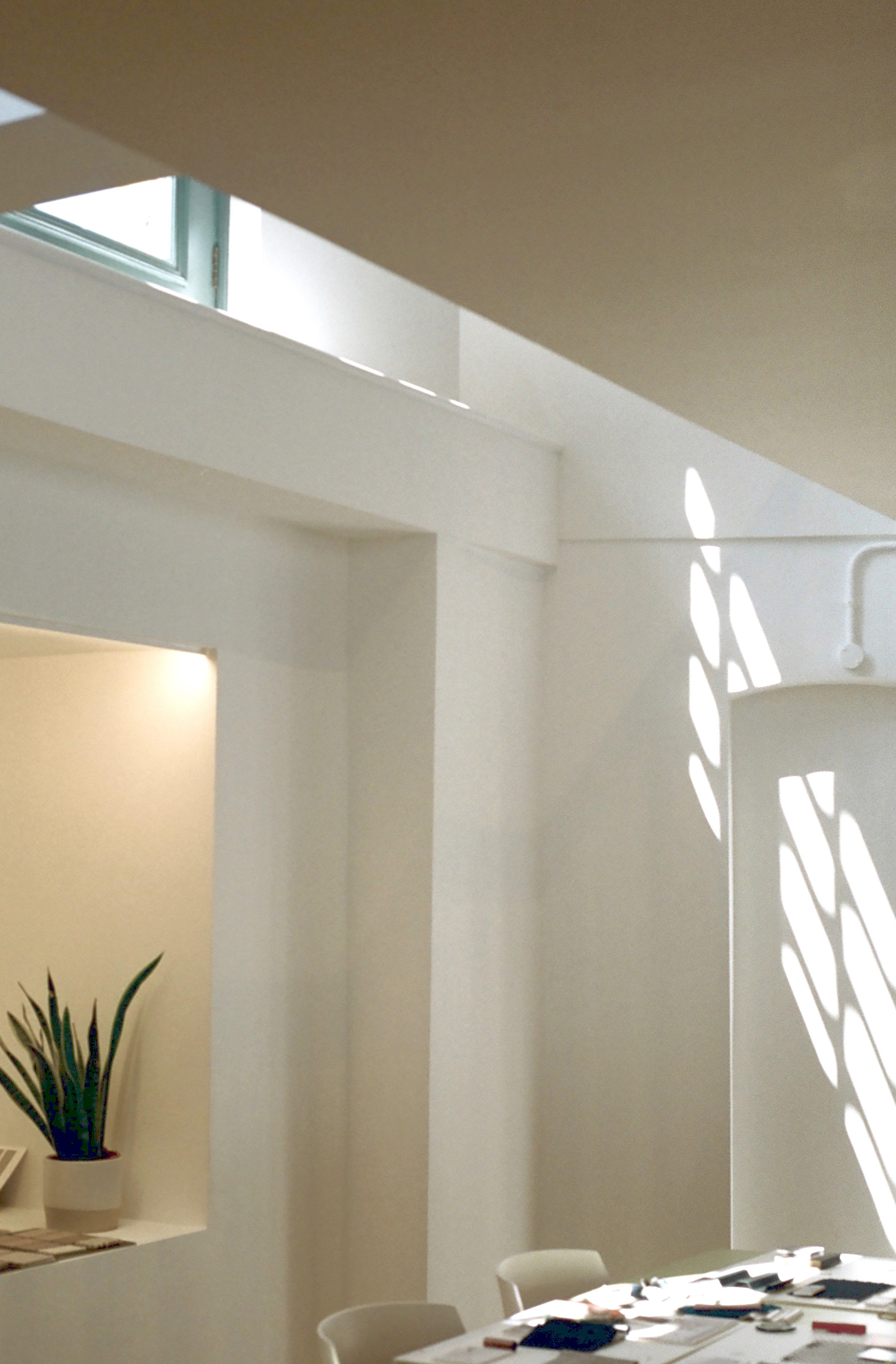
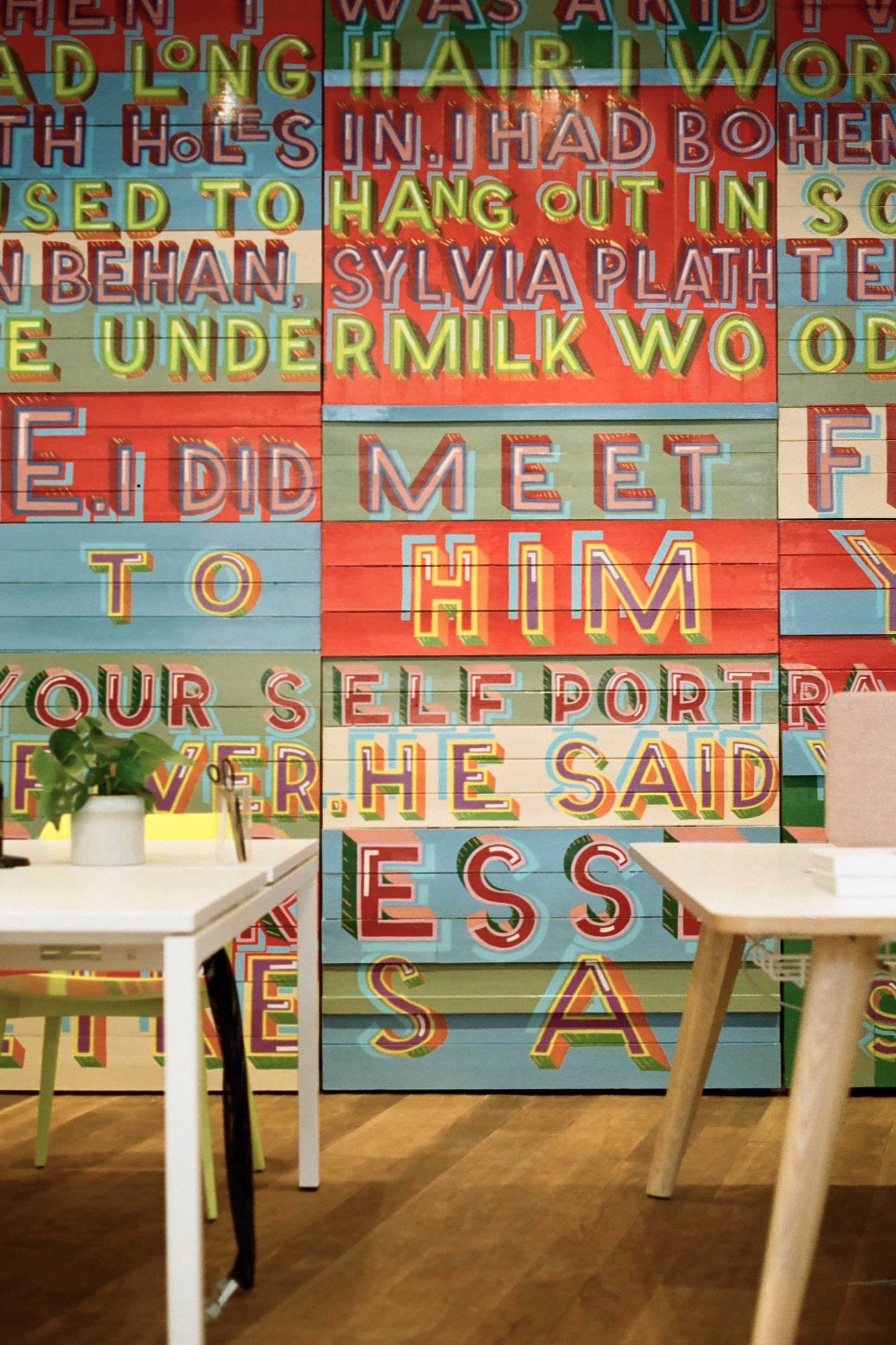
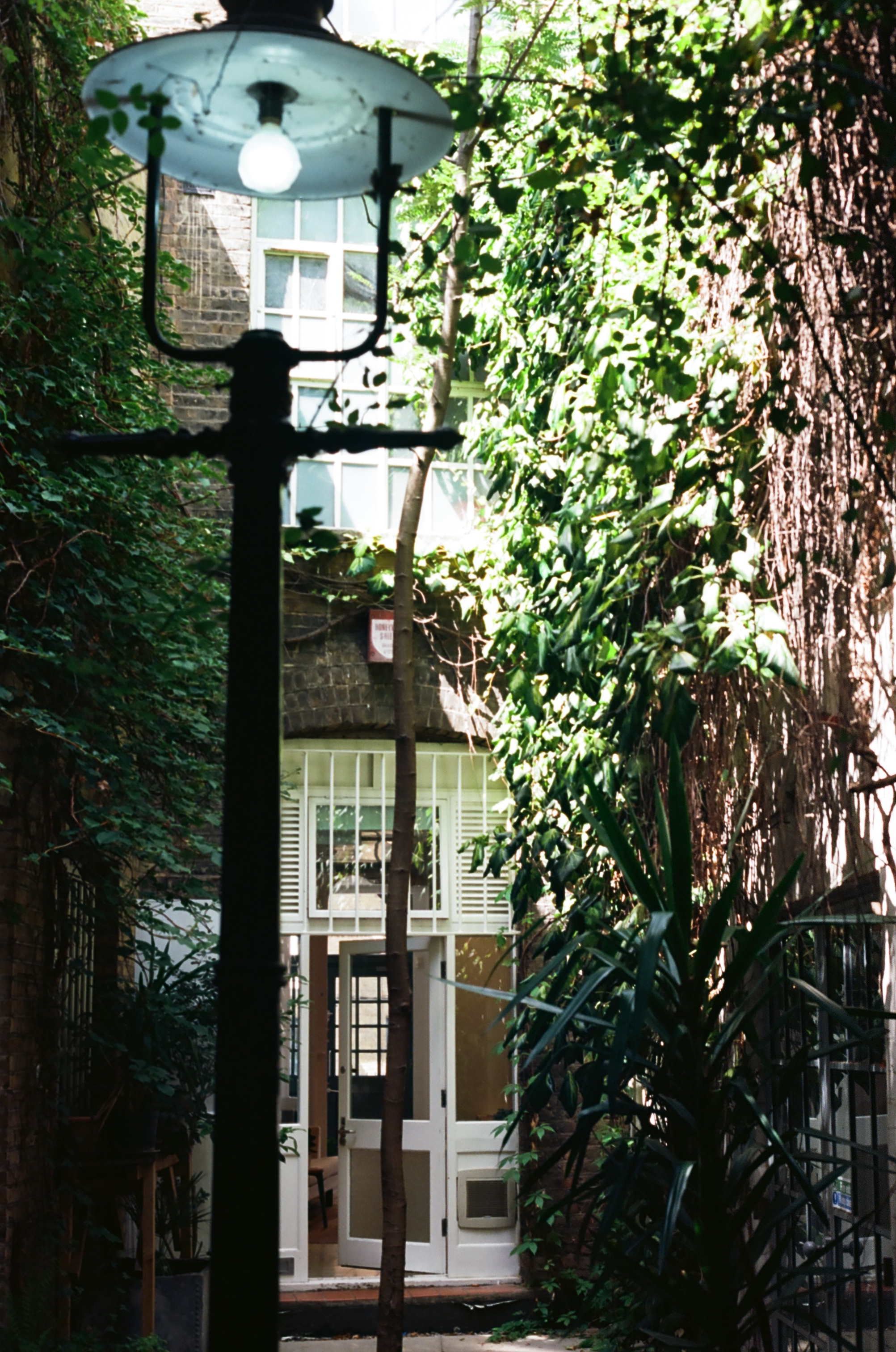
INFORMATION
Wallpaper* Newsletter
Receive our daily digest of inspiration, escapism and design stories from around the world direct to your inbox.
Jonathan Bell has written for Wallpaper* magazine since 1999, covering everything from architecture and transport design to books, tech and graphic design. He is now the magazine’s Transport and Technology Editor. Jonathan has written and edited 15 books, including Concept Car Design, 21st Century House, and The New Modern House. He is also the host of Wallpaper’s first podcast.
-
 All-In is the Paris-based label making full-force fashion for main character dressing
All-In is the Paris-based label making full-force fashion for main character dressingPart of our monthly Uprising series, Wallpaper* meets Benjamin Barron and Bror August Vestbø of All-In, the LVMH Prize-nominated label which bases its collections on a riotous cast of characters – real and imagined
By Orla Brennan
-
 Maserati joins forces with Giorgetti for a turbo-charged relationship
Maserati joins forces with Giorgetti for a turbo-charged relationshipAnnouncing their marriage during Milan Design Week, the brands unveiled a collection, a car and a long term commitment
By Hugo Macdonald
-
 Through an innovative new training program, Poltrona Frau aims to safeguard Italian craft
Through an innovative new training program, Poltrona Frau aims to safeguard Italian craftThe heritage furniture manufacturer is training a new generation of leather artisans
By Cristina Kiran Piotti
-
 A new London house delights in robust brutalist detailing and diffused light
A new London house delights in robust brutalist detailing and diffused lightLondon's House in a Walled Garden by Henley Halebrown was designed to dovetail in its historic context
By Jonathan Bell
-
 A Sussex beach house boldly reimagines its seaside typology
A Sussex beach house boldly reimagines its seaside typologyA bold and uncompromising Sussex beach house reconfigures the vernacular to maximise coastal views but maintain privacy
By Jonathan Bell
-
 This 19th-century Hampstead house has a raw concrete staircase at its heart
This 19th-century Hampstead house has a raw concrete staircase at its heartThis Hampstead house, designed by Pinzauer and titled Maresfield Gardens, is a London home blending new design and traditional details
By Tianna Williams
-
 An octogenarian’s north London home is bold with utilitarian authenticity
An octogenarian’s north London home is bold with utilitarian authenticityWoodbury residence is a north London home by Of Architecture, inspired by 20th-century design and rooted in functionality
By Tianna Williams
-
 What is DeafSpace and how can it enhance architecture for everyone?
What is DeafSpace and how can it enhance architecture for everyone?DeafSpace learnings can help create profoundly sense-centric architecture; why shouldn't groundbreaking designs also be inclusive?
By Teshome Douglas-Campbell
-
 The dream of the flat-pack home continues with this elegant modular cabin design from Koto
The dream of the flat-pack home continues with this elegant modular cabin design from KotoThe Niwa modular cabin series by UK-based Koto architects offers a range of elegant retreats, designed for easy installation and a variety of uses
By Jonathan Bell
-
 Are Derwent London's new lounges the future of workspace?
Are Derwent London's new lounges the future of workspace?Property developer Derwent London’s new lounges – created for tenants of its offices – work harder to promote community and connection for their users
By Emily Wright
-
 Showing off its gargoyles and curves, The Gradel Quadrangles opens in Oxford
Showing off its gargoyles and curves, The Gradel Quadrangles opens in OxfordThe Gradel Quadrangles, designed by David Kohn Architects, brings a touch of playfulness to Oxford through a modern interpretation of historical architecture
By Shawn Adams